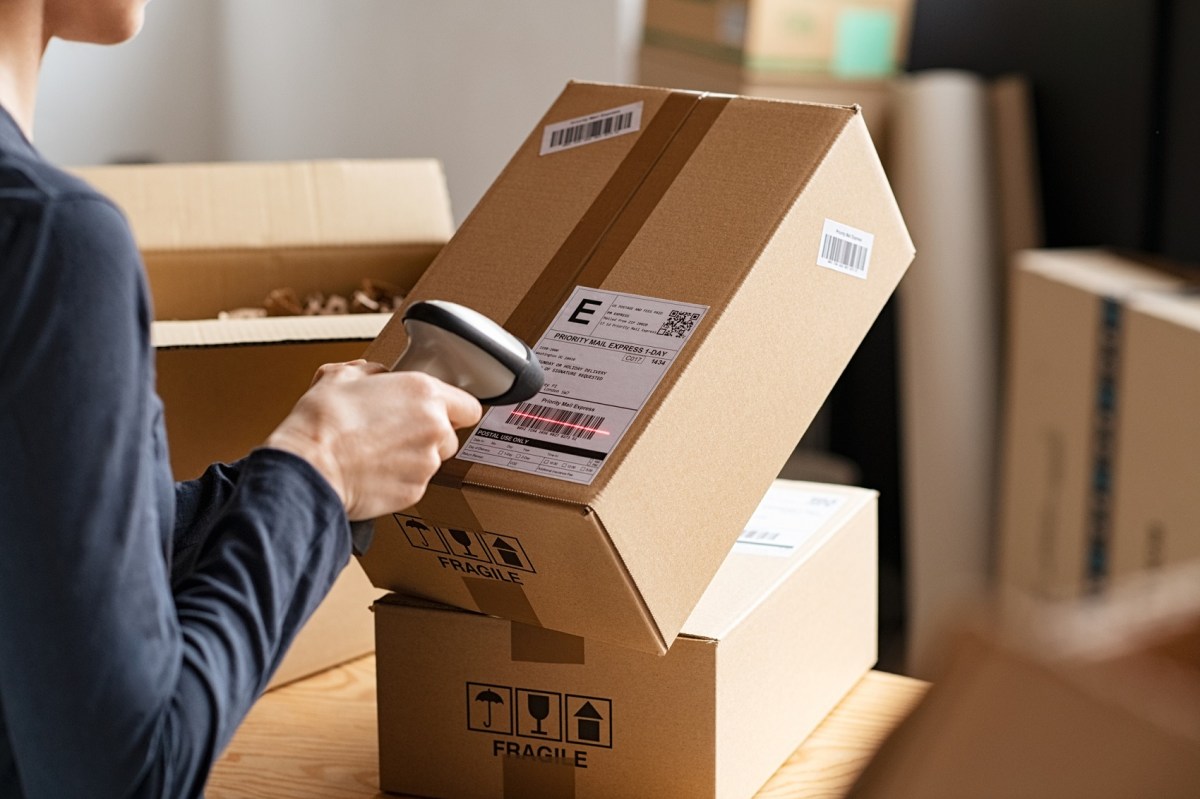Following the various supply chain challenges that retailers faced during the biggest shopping months of 2021, it is timely to make sure that businesses are ready to manage the potential upswing in parcel returns in the new year.
Retailers, unquestionably familiar with the pressure of fulfilling Christmas e-commerce orders amid transport disruption and delays, will now need to make the return process as easy as possible for customers in this post-holiday season.
Higher sales = higher volume of returns
Following data from Klarna which recorded 298% growth in Black Friday sale volumes compared to Black Friday in 2020, there was a projected spend of $23.9 billion over the Christmas holidays according to a Finder survey.
With the current and projected increase in the volume of purchases, retailers should also expect the volume of returns to increase.
Offering free and easy returns is increasingly a baseline expectation for online shoppers. The ability to easily return items will compel your customers to spend more as well as well as buy from the retailer again, according to Australia Post.
Providing an easy returns process ultimately drives a positive customer experience, and customers value companies that prioritise customer ease. However, the return process can be frustrating for both the business and customer in even the best circumstance.
Retailers looking to start the year with a bang should now focus on simplifying the returns process, as they continue to navigate a challenging logistics landscape. By looking ahead and working closely with logistics partners, retail can overcome the many delivery and transportation delays to offer a stress-free returns experience for customers. Some questions to think about are:
- How can we make initiating returns easier? Retailers should make it easy for customers to commence the returns process with clear instructions and FAQs. By providing access to support and FAQs with clear instructions, brands can offset the high costs of returns with future products those consumers will buy. Consider self-serve returns to minimise the resource required to manage each return. An easy and flexible return experience will inspire customers to remain loyal to your brand.
- How can we make the shipping journey more convenient? Retailers should at the very least include a link to a PDF return label in their confirmation correspondence so that the customer may print it on their own. To overcome the hassle of printing for customers, retailers can include pre-paid, pre-addressed label in the shipment which makes the process easier on the consumer. Retailers can also offer customers the convenience of downloading a digital return code upon dropping off the product being sent back. Some companies have started offering direct return pick-ups, leaving the customer to complete the process with ease.
- How can we accurately track the returns journey? Investing inup-to-date and accurate technology can provide retailers greater visibility across your supply chain operation – from inventory to product tracking, to multi-modal shipping options, to customer status. This, in turn, will increase your efficiency, lower your operational costs and help ensure you give customers accurate, up-to-date information. By deploying technology, you can focus on personal relationships and making meaningful connections with suppliers, partners and customers.
- How can we get more value out of the returns transaction? Aside from the technology used to update the return process, you can also utilise analytics technology to uncover trends in returns data, helping you tailor the return process based on the target customer. Knowing the types of customers are most likely to return items, which products are returned most often and what reasons are most cited for returns can help brands implement stronger returns-prevention strategies.
As retailers prepare for another potentially tumultuous year of shopping and shipping, it is more important than ever to take stock of their online returns process and ensure a great customer experience end-to-end. Nailing an easy, effortless returns process may just be the crucial difference between gaining a happy customer who comes back for more or losing the customer to the competition who managed returns better.
Paul Soong is regional director for Australia and New Zealand at BluJay Solutions, now part of E2open.

